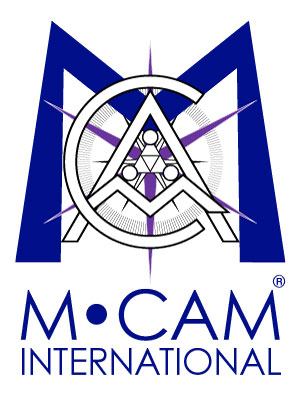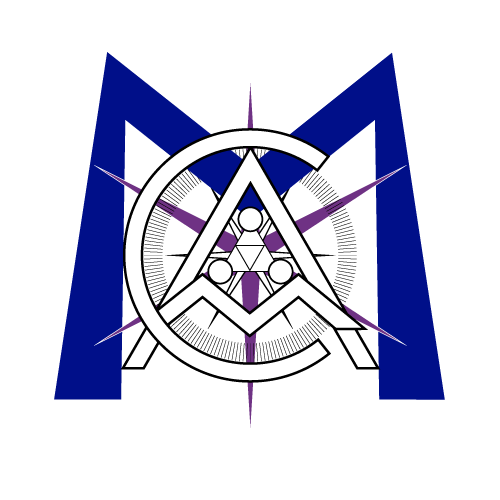January 20, 2011
In
News Archive
Date: Thu, 2011-01-20
CHARLOTTESVILLE, VA – January 20, 2011 – M·CAM, Inc. released its Patently Obvious™ report today on the patent holdings of Kolomoki Mounds highlighted in Gooseberry Natural Resources LLC v. Advance Magazine Publishers Inc et al.
In June of 2010, a company going by the name of Gooseberry Natural Resources LLC initiated patent infringement lawsuits against several small online press release services, claiming that they infringed on their patented method of generating a press release online. The independent defendants attempted to fight back, pointing out a number of prior art examples on the web from before the patent was ever filed. Interestingly, this lawsuit was eventually voluntarily dismissed by the plaintiff by the end of 2010: having tested the waters of patent litigation, Gooseberry now set its sights on bigger targets.
On December 1, 2010, Gooseberry Natural Resources initiated a patent infringement lawsuit using the same patent against larger online news services including Digg, Fark, TechCrunch, Newsvine, and Yahoo, alleging infringement of its “system and method for structured news release generation and distribution.”
Using the M·CAM DOORS™ software platform, the innovation space surrounding U.S. Patent No. 6,370,535 was examined in order to understand its strength and defensibility in the face of prior and concurrent art innovations.
M·CAM’s Patently Obvious™ is a weekly report providing visibility into potentially unconsidered alternatives, including art in the public domain, to patent holdings across a variety of technology areas.
M·CAM, Inc. is a global, full-service intellectual property and rights (IP&R) and intangible asset financial services firm. We provide the technical and financial systems that allow public and private markets to use IP&R and IA for regulated transactions in banking, securities, insurance, and public innovation investment and technology procurement. From our pioneering work in creating the world’s first standards-based innovation collateralization financial products for banking and securities to our work in grassroots innovator enablement and patent quality assurance programs, M·CAM provides the mechanism to balance the interests of public and commercial sectors to support and build thriving economies.
The M·CAM Patently Obvious™ report on the Kolomoki Mounds patent can be read here

